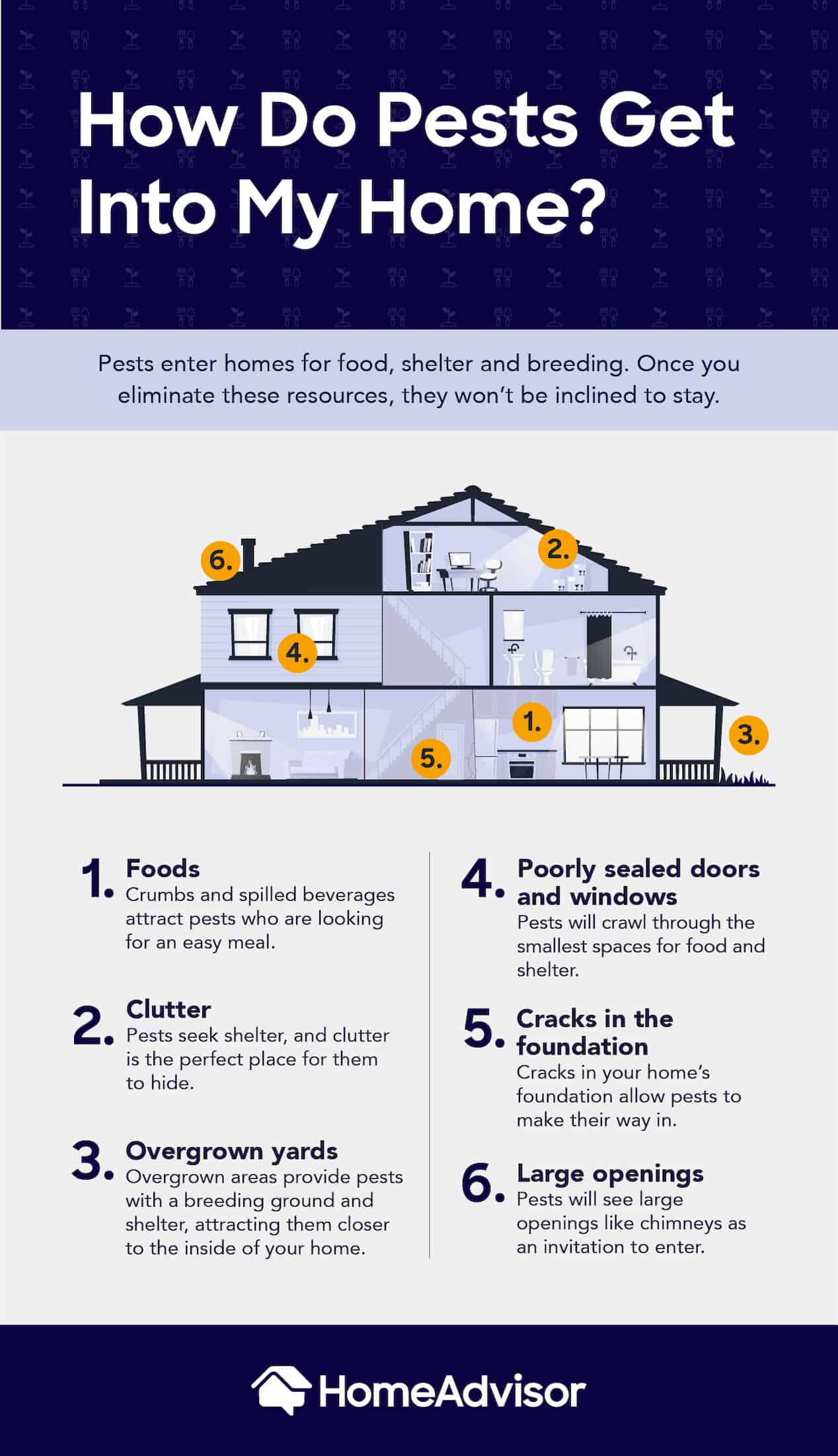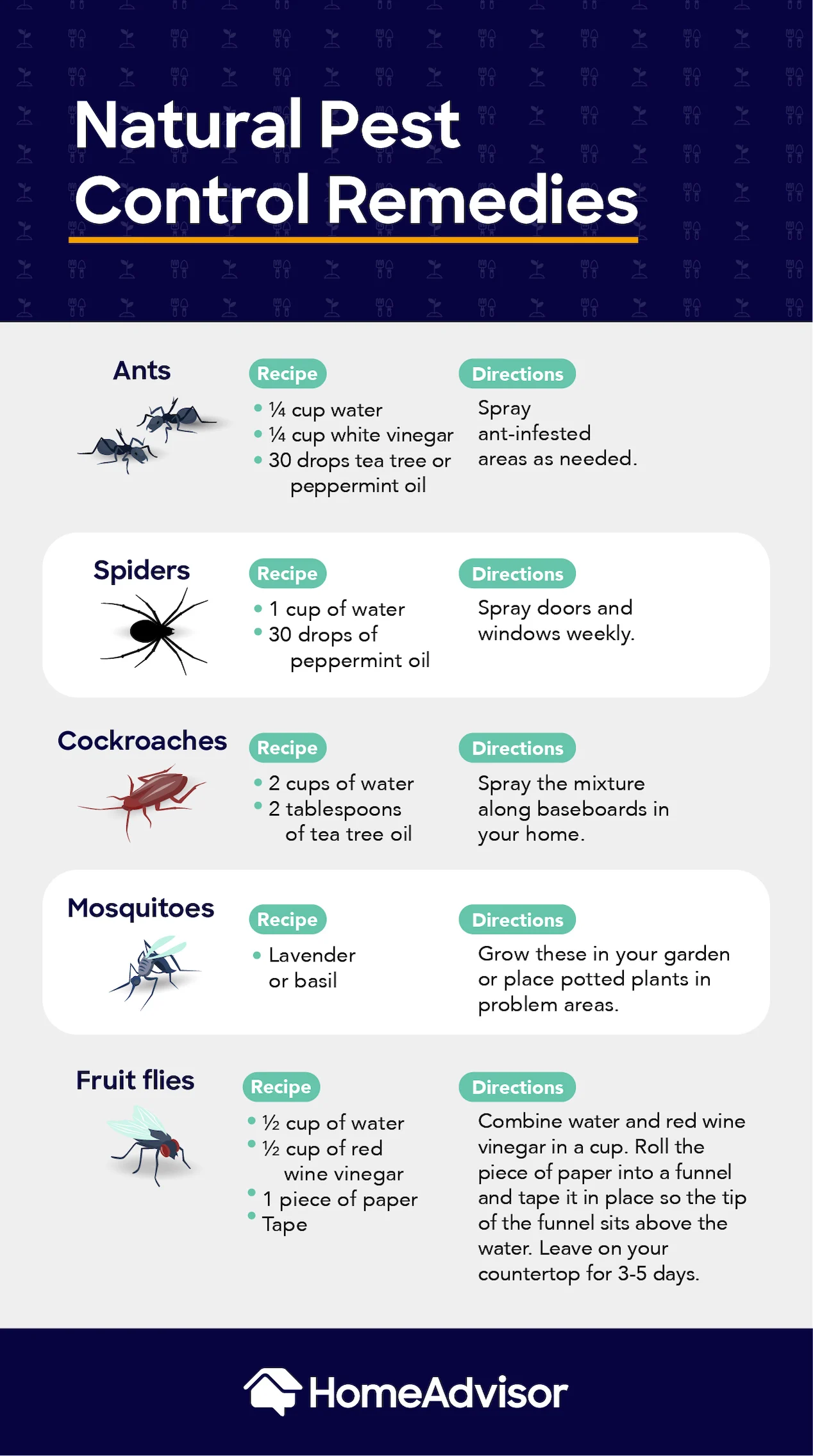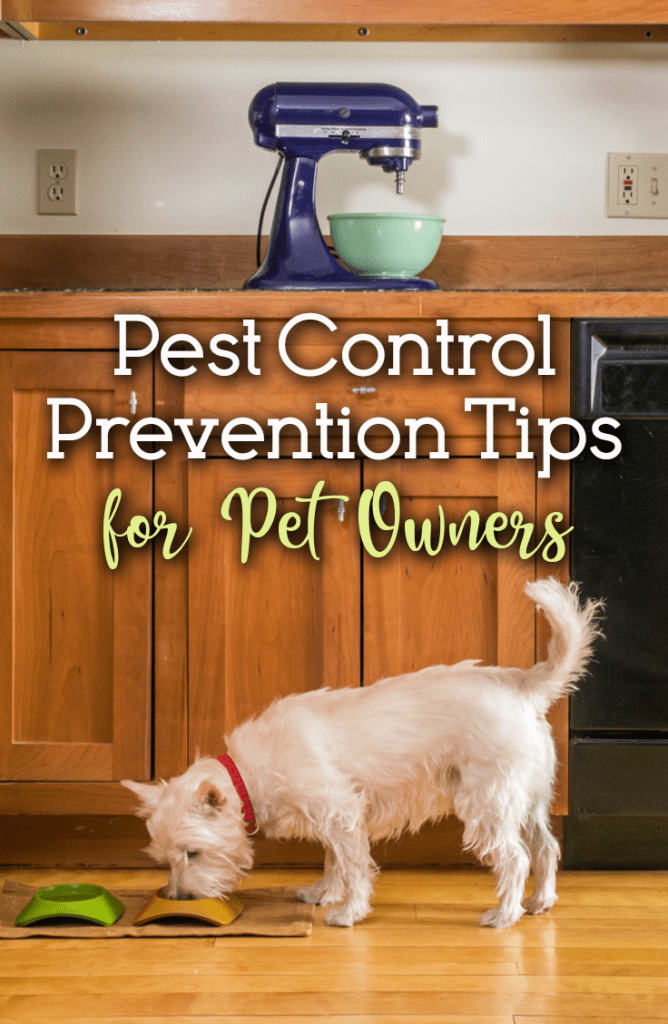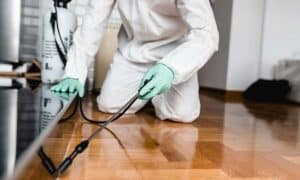“This post contains affiliate links, and I will be compensated if you make a purchase after clicking on my links.”
For any pet owner, keeping their furry friends safe is of the utmost importance. One of the most impactful steps that a pet owner can take is to ensure proper pest control around the home. Not only can pests harm your pets, they can cause damage to your home. Plus, let’s face it: they’re gross.
However, just because you see an ant, don’t whip out the poison. Pest control as a pet owner is a balancing act between control and safety. Luckily, there are some major tips to help prevent and fight pest infestations that also won’t harm your pets.

Make it Difficult for Pests
Pests are everywhere. Fortunately, many are outside, and that’s where we’d like them to stay. Homeowners can achieve that by making it difficult for vermin to come inside.
Start by sealing up any cracks or gaps on the exterior. Look for openings in siding, or where the roof meets the wall. Keep an eye out for any holes and cracks caused by pest damage, as well. If you see any of these:
- Use spray foam to fill large vents, especially soffit gaps.
- Use mesh on siding spaces to cover entrance holes.
- Use caulking and weatherstripping to make windows and doors airtight (and pest free).
Don’t forget your yard, either; keep it trim and tidy. Avoid wood piles close to the home, as these can create an easy transfer for pests hitching a ride. As well, clear out areas of old leaves or standing water. You can also be proactive and plant pet-safe pest-repelling plants, such as basil and lavender. These are safe for pets, but pests hate them.
Pests often end up indoors while riding on pets and objects brought inside. Focus on the exterior, and make it difficult for pests to gain a foothold indoors.

Identify the Pests
If you do have pests, you have to know what you’re dealing with. Specific vermin need special treatment to be effective, and safe.
Plenty of pests are easy to identify. Everyone knows what spiders and mice are, but you should also know the signs of their presence. Look for chewed wiring or shredded insulation to indicate the presence of rodents. Alternatively, termites leave small holes in drywall that might be easily overlooked.
Other common pest signs include:
- Bloodstains and a musty odor on the mattress from bed bugs.
- Small black or brown dots (potentially moving) on light-colored fabric could be fleas.
- Nutshells in the attic can be a sign of a squirrel infestation.
Study the pests that you see. Use identifying technology to help determine just what is running around your home. Once you know what you’re dealing with, you can make a targeted action plan that considers your pets’ health.
Learning to identify vermin and their indicators will also reveal the areas of your home that need some improvement. If pests are inside, that means they like what they see. As pests are drawn to moisture, look for leaking faucets or dripping pipes. You may have to venture into basements, crawlspaces, and attics. Ultimately, it is important to eliminate pests before an infestation can form. Once that happens, the real problems begin.

Keep Your Pest Control Pet-Safe
If you need to treat pest infestations, you must make sure that you use pet-safe products.
Fortunately, there are several natural pest control options that are effective and safe. Products with strong scents, like soaps and coffee, can make great pest deterrents. Stopping them from becoming an issue is the best first step in pest control.
You can also turn to biologics. For example, treat the yard with nematodes. These little worms eat pest eggs and larvae before becoming nuisances. Likewise, carnivorous plants like pitcher plants or venus fly traps can keep your interior free from insects while placing them out of pet reach.
You can also create your own homemade treatments should you happen to see any critters inside. These include:
- Vinegar and soap funnel traps for fruit flies and gnats
- Tea tree oil and water spray against roaches
- Peppermint oil and water to combat spiders
Apply these treatments to baseboards, corners, or specific areas where you see pests hanging out. Most are completely safe for pets. Still, make sure they don’t have allergies to any of the mentioned items.
If the problem is too big for you, call in the professionals. Look for local, pet-friendly pest control near you. These companies will be experts in techniques and products that are both effective and safe.
Pest control and pet safety can work together. Owners must stay on top of any potential pest problems to keep their pets safe. Eliminate easy ways for vermin to come inside. Perform routine checks of your pets for fleas and ticks. If you see signs of pests, identify the cause and hunt them down, while addressing whatever issue brought them to you in the first place.
Finally, make sure that any treatments you use are pet safe. Try to avoid poisons, if possible. If you need, call pet-friendly pest control. They will try to deal with pests as humanely as possible while tackling the problem head-on.
Found this guide helpful? Pin it!
























